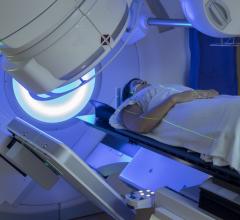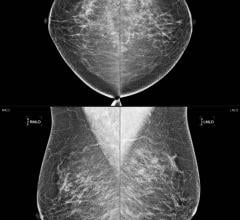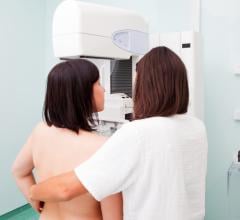
Getty Images
July 11, 2024 — Artificial Intelligence (AI) tools can play a key role in medical imaging if radiologists trust in their design, deploy them with adequate training and establish clear guidelines regarding clinical accountability, according to a Special Report published in Radiology: Artificial Intelligence, a journal of the Radiological Society of North America (RSNA).
RSNA and the Medical Image Computing and Computer Assisted Intervention (MICCAI) Society have led a series of joint panels and seminars focused on the present impact and future directions of AI in radiology. These conversations have collected viewpoints from multidisciplinary experts in radiology, medical imaging and machine learning on the current clinical penetration of AI technology in radiology, and how it is impacted by trust, reproducibility, explainability and accountability. The collective points gathered from the conversations define the cultural changes for radiologists and AI scientists working together and describe the challenges ahead for AI technologies to meet broad approval.
The Special Report presents these expert perspectives from MICCAI and RSNA on the clinical, cultural, computational, and regulatory considerations essential to adopt AI technology successfully in radiology. The article also emphasizes the importance of collaboration to improve clinical deployment. It highlights the need to integrate clinical and medical imaging data and introduces strategies to ensure smooth and incentivized integration.
“This report explores the views of leading experts to understand how best to deploy AI tools into clinical radiology practice,” said lead author Marius George Linguraru, D.Phil., Connor Family Professor and Endowed Chair of Research and Innovation at Children's National Hospital. “AI tools can play a key role in radiology, but radiologists must be able to trust in the systems’ design and receive adequate training. As the physicians most familiar with these tools, radiologists should establish clear guidelines regarding clinical accountability.”
The article addresses important clinical considerations, such as data sharing, annotation, bias and model performance of deploying AI in radiology practice. The authors suggest that tools to exchange data either for centralized analytics or distributed learning will be able to support sharing of data and/or models but will require additional institutional infrastructure and support. They also believe that image annotation may become a less significant hurdle in the next 5 to 10 years. Finally, they maintain that AI models built with small datasets or in-house data can navigate challenges related to data bias and diversity if they are applied to targeted populations and carefully monitored.
The report also explores cultural considerations, including volumetrics, outcome prediction, human-machine interaction, and trust and accountability.
The authors predict that training radiologists to work with AI tools will become routine. They argue that motivation for radiologists to use AI is key to increasing clinical efficiency and the ability to perform complex tasks. They also stress that AI tools be designed with the trust of radiologists and clear definitions of clinical accountability.
Computational considerations noted in the report include hardware ability, AI performance, communication between radiologists and AI scientists, and continuous evaluation.
The report asserts that cloud computing may be most effective for radiology departments that lack hardware and maintenance resources. It also suggests that the design, development, deployment and monitoring of radiology AI tools should be done by data scientists and radiologists working together, and that clinical institutions should prioritize the data flow from acquisition devices to PACS and/or data lakes and to AI servers.
The report also addresses regulatory guidelines and approval. The authors note that radiology is the leading application field of FDA-approved medical AI devices. They add that vision and language models can positively impact the field of radiology and should undergo regulatory oversight. The authors emphasize that the role of regulatory approval in AI’s implementation into clinical practice will require ongoing consideration.
The outlook for AI deployment in radiology is promising. Large and general foundation and generative AI models, including vision and language models, can impact the clinical adoption of AI tools and may help reduce burnout in radiology. Financial incentives to use AI will encourage hospitals to invest in AI-based software and increase the motivation for clinicians to use new technologies. To advance radiology AI tools in clinical care and research, multi-disciplinary societies can adopt a unified agenda, language and set of expectations.
“By collaborating across societies and disciplines, AI in medical imaging can achieve its full potential and provide value for clinical practice and research,” Dr. Linguraru said.
For more information: www.rsna.org

 August 29, 2024
August 29, 2024 








